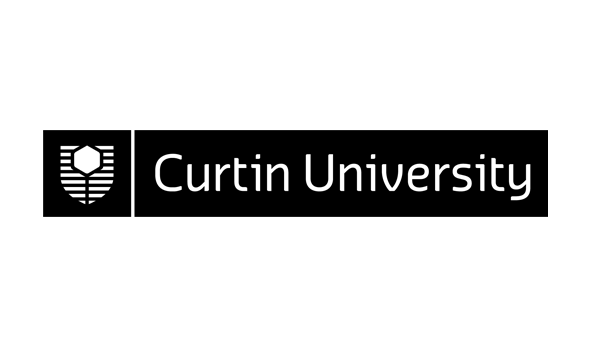7907 (v.6) Particles and Waves 201
| Area: | Department of Applied Physics |
|---|---|
| Credits: | 25.0 |
| Contact Hours: | 3.0 |
| ** The tuition pattern below provides details of the types of classes and their duration. This is to be used as a guide only. For more precise information please check your unit outline. ** | |
| Workshop: | 2 x 2 Hours Weekly |
| Prerequisite(s): |
7063 (v.6)
Mathematics 102
or any previous version
OR 7492 (v.5) Mathematics 104 or any previous version OR 307537 (v.2) Engineering Mathematics 130 or any previous version OR 307538 (v.2) Engineering Mathematics 140 or any previous version AND 302804 (v.3) Physics 101 or any previous version OR 307529 (v.2) Engineering Mechanics 100 or any previous version |
| Syllabus: | Newtonian mechanics applied to oscillatory motion including: simple harmonic, damped, forced and coupled systems. Propagation of mechanical waves (transverse and longitudinal), leading to reflection and transmission coefficients, normal and anomalous dispersion. Laprangian and Hamiltonian approaches to classical mechanics applied to oscillatory systems, and central forces. Rigid body mechanics, and the introduction of the inertia tensor. |
| ** To ensure that the most up-to-date information about unit references, texts and outcomes appears, they will be provided in your unit outline prior to commencement. ** | |
| Field of Education: | 010301 Physics |
| SOLT (Online) Definitions*: | Informational *Extent to which this unit or thesis utilises online information |
| Result Type: | Grade/Mark |
Availability
| Year | Location | Period | Internal | Partially Online Internal | Area External | Central External | Fully Online |
|---|---|---|---|---|---|---|---|
| 2009 | Bentley Campus | Semester 2 | Y |
Area External refers to external course/units run by the School or Department or offered by research.
Central External refers to external and online course/units run through the Curtin Bentley-based Distance Education Area
Partially Online Internal refers to some (a portion of) learning provided by interacting with or downloading pre-packaged material from the Internet but with regular and ongoing participation with a face-to-face component retained. Excludes partially online internal course/units run through the Curtin Bentley-based Distance Education Area which remain Central External
Fully Online refers to the main (larger portion of) mode of learning provided via Internet interaction (including the downloading of pre-packaged material on the Internet). Excludes online course/units run through the Curtin Bentley-based Distance Education Area which remain Central External

